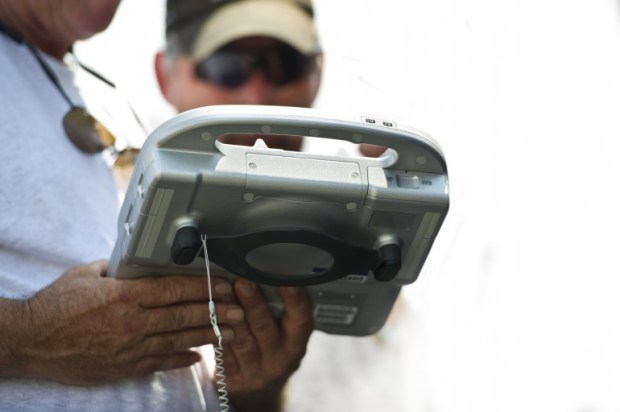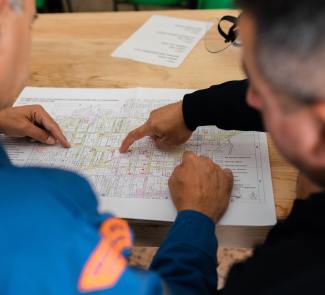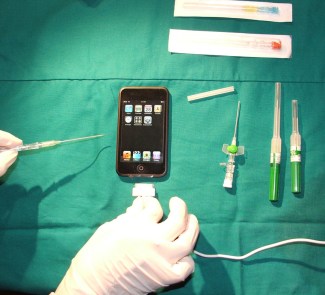Finder is capable of detecting up to five different heartbeats through as much as 10 metres of rubble.
When natural disasters such as earthquakes or floods strike, effective coordination of rescue operations within 72 hours after the event is crucial to save as many survivors as possible from beneath the rubble. In order to prioritize the search for trapped people, NASA has developed a radar that detects heartbeats beneath layers of debris to a maximum depth of 10 metres.
This prototype, called Finder, is a portable radar system powerful enough to detect a heartbeat beneath up to 10 metres of rubble and debris. It is also small and light enough to be carried and operated by a single person during the rescue work.

This technology can be of great help in the bleak landscape of a disaster of significant magnitude, when there are no clues to whether people may be trapped under several metres of debris and manual clearance methods must be used to avoid injuring any trapped people. Current techniques using dogs and highly sensitive microphones are effective but have some significant drawbacks. For one thing, dogs using their olfactory senses cannot discern between survivors and people who have died, and so it is impossible to prioritize the search for people who are still alive or unconscious. Microphones, meanwhile, cannot detect individuals who have lost consciousness.
Similar technologies have been developed before, but they were laboratory devices of considerable size that required extensive experience and familiarity with the tools. In Finder’s case, the wireless industry and the processing power of the software have reduced the size and weight of the radar to that of a conventional briefcase.

Finder’s battery lasts 14 hours per charge and is controlled wirelessly using a digital tablet. Its operation is quite simple: the portable radar is placed over the rubble to be probed and is activated via bluetooth from the Panasonic Toughbook. The deep tracking is monitored from the tablet itself and, in just five minutes, Finder is capable of detecting up to five different types of heartbeats.
This technological advance, valued at $ 10,000 per device, is not intended to replace the emergency services’ current methods of search and rescue, but rather to complement conventional techniques to prioritize rescues and search more efficiently and accurately for survivors during an emergency.
Images | via Stacey Levitt and Paul Wedig









